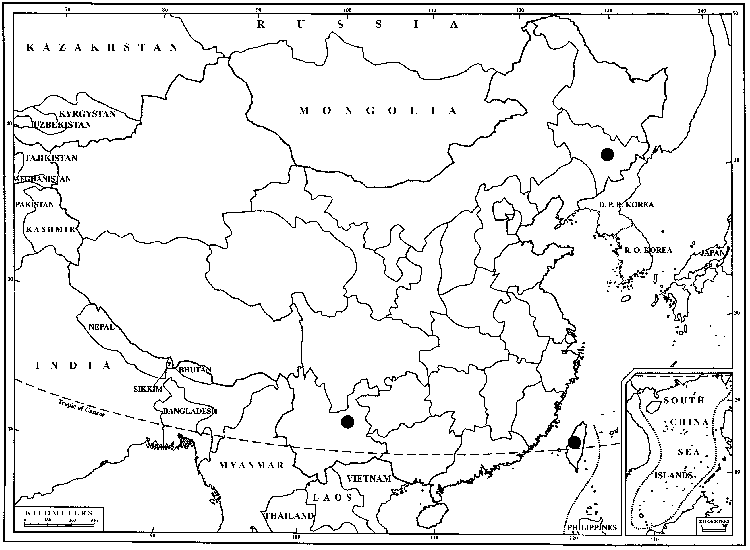Fissidens hyalinus
J. Bot. (Hooker) 3: 89, fig. 2. 1841,.
Plants to 3.5 × 3 mm. Stem unbranched; axillary hyaline nodules absent; central strand absent. Leaves as many as 6 pairs, lanceolate, acute to obtuse, sometimes apiculate, to 2.2 × 0.5 mm; dorsal lamina narrowed proximally, ending at insertion, not decurrent; vaginant laminae 1/3–1/2 leaf length, equal; margin entire but sometimes ± serrulate distally, limbate, limbidium 1–2 cells wide, ending before apex, often indistinct on vaginant laminae, limbidial cells 1-stratose; ecostate, or costa consisting of very short proximal vestige; laminal cells 1-stratose, smooth, thin-walled, hexagonal to elongate-hexagonal, 31–67 × 14–34 µm, ± oblong in proximal portions of leaves, particularly in vaginant laminae. Sexual condition rhizautoicous; perigonia gemmiform, proximal to perichaetial stems, and on elongate stems, to 1.2 mm. Sporophytes 1 per perichaetium. Seta to 3 mm. Capsule theca exserted, erect, radially symmetric, sometimes slightly arcuate, bilaterally symmetric, to 0.4 mm; peristome scariosus-type; operculum ± as long as theca. Calyptra mitrate, prorate, 0.4 mm. Spores 9–13 µm.
Habitat: Bare, clayey soil in shaded ravines, gorges, and dry stream bottoms
Distribution

Ky., La., Ohio, Pa., Tenn., Asia
Discussion
Fissidens hyalinus (Latin hyalus, literally “of glass,” alluding to the transparent, glasslike appearance) is doubtless more common than previously thought. B. E. Lemmon (1966) published a photograph showing a perigonial stem and a perichaetial stem with attached sporophyte. A. C. Risk (2002) gave a thorough account of the distribution and habitat of this tiny moss. Plants cannot be mistaken for any other species in North America, owing to the ecostate leaves and smooth, large, thin-walled laminal cells that shrink considerably when dry.
Selected References
None.
Lower Taxa
No values specified."/2" is not declared as a valid unit of measurement for this property.